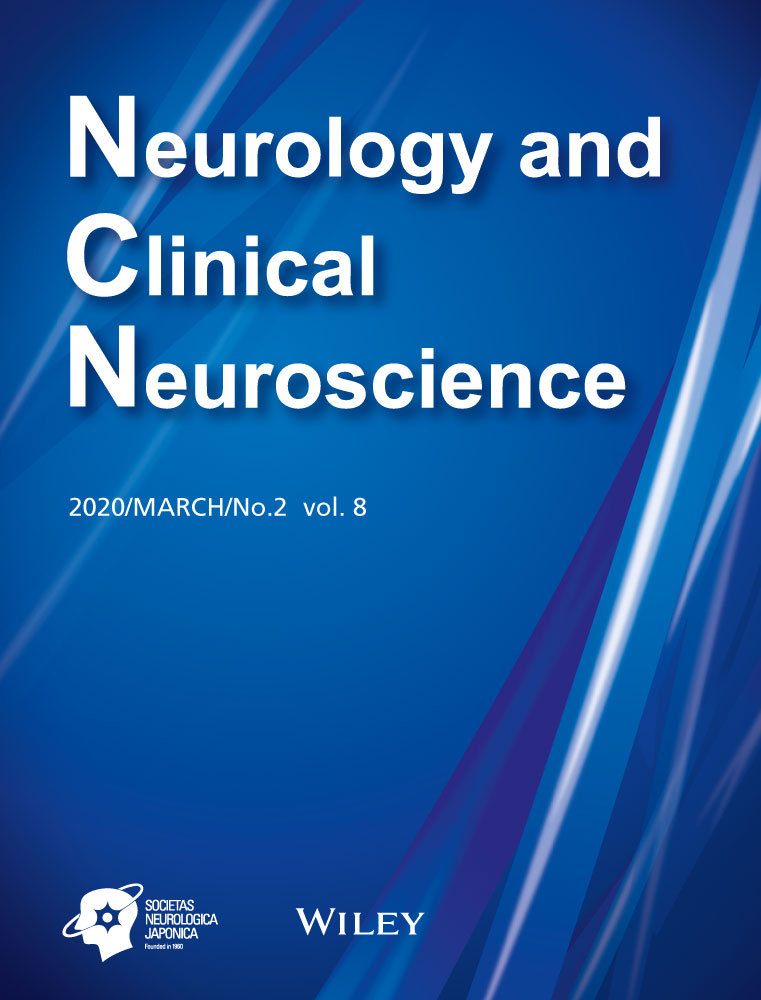Sjögren syndrome combined with myositis which is pathologically compatible with inclusion body myositis
Abstract
A 60-year-old woman previously diagnosed as Sjögren syndrome (SjS) presented with a three-year history of progressive muscle weakness in the neck and predominantly proximal part of the four limbs. Pathological study showed patchy, dot-like p62 aggregates in muscle fibers in combination with increased HLA-ABC and -DR expression, which is pathologically consistent with sporadic inclusion body myositis (sIBM). Oral prednisolone improved muscle strength. Three years after the initiation of treatment, the patient still can walk. Myositis in our patient, albeit pathologically characterized by features of sIBM, responded well to prednisolone.
CONFLICT OF INTEREST
The authors disclose no conflicts of interest.




